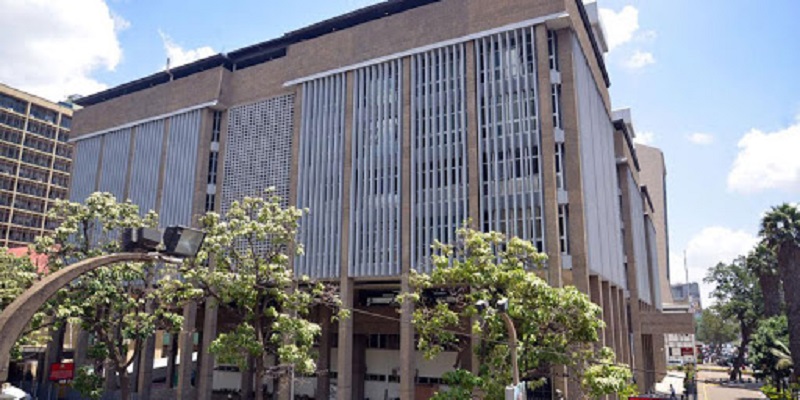The Central Bank of Kenya has retained the Central Bank Rate (CBR) at 7 percent. This was despite the push by commercial banks to have the rate raised. The rate has been retained at 7 percent for more than three months now. But what informed the decision?
According to CBK, the overall inflation declined to 5.7 percent in December 2021 from 5.8 percent in November, mainly due to lower food prices.
Food inflation declined to 9.1 percent in December from 9.9 percent in November, reflecting the impact of improved rainfall on fast-growing food crops.
Fuel inflation remained elevated at 10.5 percent in December, due to the impact of higher international oil prices. Inflation is expected to remain within the target range in the near term, with muted demand pressures and the impact of Government measures to lower electricity tariffs and stabilize fuel prices.
At the same time, there was a weaker global growth is projected for 2022 and 2023, driven by expected lower growth in the two largest economies (the United States and China).
Uncertainties in the global economic outlook have also increased, reflecting elevated risks from COVID-19 variants, supply chain disruptions, oil price volatility, and inflation developments.
The recently released GDP data for the third quarter together with leading indicators confirm that the Kenyan economy rebounded strongly in 2021, following the easing of COVID-19 restrictions and the impact of government interventions.
Real GDP grew by 9.9 percent in the third quarter of 2021 compared to a contraction of 2.1 percent in the third quarter of 2020. The economy is expected to remain strong in 2022, supported by the continued strong performance of the services sector, recovery in agriculture, and an improvement in global demand.
Exports of goods registered a strong growth of 11.1 percent in 2021 compared to 3.2 percent In particular, receipts from horticulture and manufactured goods exports increased by 18.9 percent and 33.4 percent, respectively, in 2021 compared to 2020.
Despite growing by 11.7 percent in the fourth quarter with the improved demand from traditional markets, receipts from tea exports declined by 2.7 percent in 2021 due to the impact of accelerated purchases in 2020.
Imports of goods increased by 25.4 percent in 2021 compared to the decline of 12.4 percent in 2020, reflecting increased imports of oil and other intermediate goods.
Tourism and transportation receipts have increased as international travel continues to improve. Remittances were at an all-time record of USD3,718 million in 2021 and were 20.2 percent higher compared to 2020. The current account deficit is estimated at 5.4 percent of GDP in 2021 and is projected to remain stable at 5.2 percent of GDP in 2022.
The banking sector remains stable and resilient, with strong liquidity and capital adequacy The ratio of gross non-performing loans (NPLs) to gross loans stood at 13.1 percent in December 2021, compared to 13.6 percent in October.
Repayments and recoveries were noted in the manufacturing, personal and household, transport and communication, and building and construction sectors.
The banking sector registered a strong performance in the year ended December 31, 2021, with the asset base increasing by 11.1 percent from 5.4 trillion shillings at end of 2020 to 6.0 trillion shillings.
The performance was underpinned by banks reviewing their business models leveraging on technology and innovation, enhanced capital and liquidity buffers, and a continued focus on customer-centricity.
The Committee noted that inflation expectations remain anchored within the target range, and leading economic indicators showed continued robust performance. The MPC also noted the elevated global risks and their potential impact on the domestic economy.
The Committee will closely monitor the impact of the policy measures, as well as developments in the global and domestic economy, and stands ready to take additional measures as necessary. The Committee will meet again in March 2022 but remains ready to re-convene earlier if necessary.

